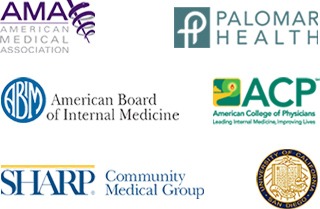Healthy bones
The importance of healthy bones cannot be over-emphasized. Bone loss occurs naturally as we age so knowing this, one must take measures to keep building bone mass over the years. Our body loses 0.4% bone mass per year after 30 years of age. Maximal bone density is achieved between 25 and 35 years of age. Starting early, even in childhood, teaching children the importance of having healthy bones is essential. Even starting later in life, individuals can build mass through Calcium and Vitamin D dietary sources. Calcium dietary sources include almonds, broccoli, cooked kale, canned salmon with bones, oats, soy and tofu. Vitamin D dietary sources include fortified cereals, eggs, salmon, tuna, mackerel and sardines, in addition to fortified milk, cheese, and food sources.
SERVICES
Adding to the dietary sources is recommended. An individual should take at least 1,000 IU each of Calcium (Calcium Citrate) along with of vitamin D, especially D3. As with all supplements, talk to your doctor prior to embarking on any supplemental routine.
Exercise is another element that can promote building bone mass and slow down the rate of the bone loss. Such exercises as strength training (arms and upper spine), and weight bearing (legs, hips and lower spine — walking, jogging, running, stair climbing, skipping rope, and skiing) are very good at promoting bone mass.
All tests and lab results were gone over.
How do we diagnose Osteoporosis? A bone density scan (DEXA) is a low-dose x-ray which checks an area of the body such as the hip, hand, or foot for signs of mineral loss and bone thinning. Healthy bones have a T Score of 2.5 to -1. Out of this range signifies low bone density, and to the extreme -- osteoporosis. Knowing your T score will keep you apprised of what you need to do in the future to maintain healthy bones.






